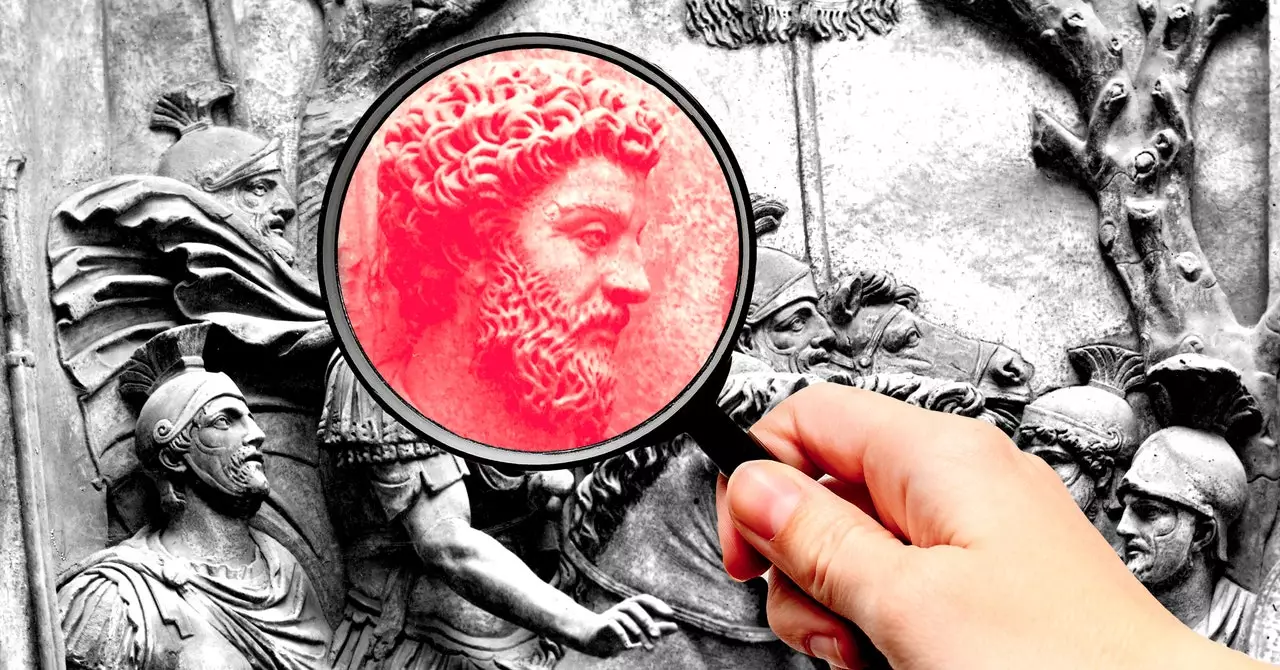Ensuring the accuracy of the content in a custom database is crucial for the success of AI tools utilizing Retrieval-Augmented Generation (RAG) technology. According to Joel Hron, a global head of AI at Thomson Reuters, it is not just the quality of the content that matters but also the effectiveness of the search and retrieval process. Mistakes at any step in this process can lead to erroneous outputs, undermining the reliability of the AI model.
One of the major challenges in implementing RAG in AI legal tools is defining what constitutes a “hallucination” within the system. Daniel Ho, a Stanford professor, and senior fellow at the Institute for Human-Centered AI, highlighted the importance of ensuring that the output generated by the AI tool is consistent with the data retrieved during the process. Moreover, there is a need to verify whether the information provided is factually correct, especially in the context of legal professionals dealing with complex cases and precedent.
Despite the advancements in AI technology, experts emphasize the continued need for human oversight and verification in the legal field. While RAG systems may excel at answering questions on case law, they are not infallible and can still make mistakes. AI tools should be used as a complement to human judgment, rather than a replacement. It is essential for users to double-check citations and verify the accuracy of results to avoid relying solely on AI-generated outputs.
The potential of RAG-based AI tools is not limited to the legal profession alone. According to Arredondo, RAG has the potential to revolutionize various industries by providing accurate answers based on real documents. Executives in risk-averse industries are excited about the prospect of using AI tools to gain insights from proprietary data without compromising confidentiality. However, it is crucial for users to understand the limitations of these tools and approach the results with a sense of skepticism.
Despite the advancements in AI technology, hallucinations remain a challenge in RAG systems. Ho acknowledges that eliminating hallucinations entirely is a difficult task, highlighting the importance of human judgment in ensuring the accuracy of outputs. While RAG may reduce the prevalence of errors, it is essential to approach AI-generated answers with caution and not rely entirely on them.
The implementation of RAG in AI legal tools presents several challenges related to quality control, defining hallucinations, human verification, and overcoming the limitations of technology. While RAG has the potential to revolutionize the way legal research is conducted, it is essential to strike a balance between leveraging AI technology and maintaining human oversight to ensure the accuracy and reliability of the results.


Leave a Reply